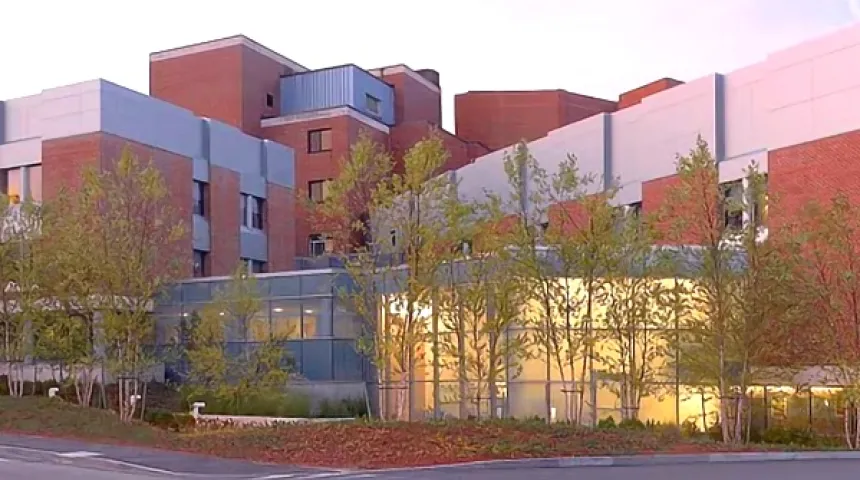Eye Conditions We Treat
Get comprehensive, expert eye care for common and complex eye conditions.
Why Choose Us for Eye Care?
Coordinated Care for Eye Conditions
Many other health conditions can lead to problems with your eyes, including cardiovascular disease, cancer, Diabetes, rheumatoid arthritis, and thyroid disease.
At UMass Memorial Health, our eye specialists work closely with our other medical specialists to ensure you get comprehensive care that addresses all your health needs.
Highest Level of Trauma Care for Eye Injuries
Eye injuries and accidents may cause vision loss if not treated properly. If you or a loved one has an eye injury, see a health care provider or go to the emergency room right away. UMass Memorial Medical Center in Worcester is home to the region’s only Level I Trauma Center. We provide the highest level of expert care for eye and other serious injuries.
Advanced Treatments for Eye Conditions
We use state-of-the-art technology and advanced surgical techniques to diagnose and treat eye conditions. Our care includes everything from routine checkups to complex eye surgeries.
Our Ophthalmology Locations

UMass Memorial Medical Center - Hahnemann Campus
281 Lincoln Street,
Worcester, MA 01605

Milford Regional Medical Center
14 Prospect Street,
Milford, MA 01757


UMass Memorial Eye Center Northborough Crossing
333 Southwest Cutoff,
Northborough, MA 01532
Watch Eye Care Webinars
Learn more about eye wellness with these free one-hour webinars. Registration is required.
Diabetes and Your Eyes Could That Bump Be Eyelid Cancer? Seeing Clearly: Cataracts
Contact Us
Call 855-UMASS-MD (855-862-7763) or request an appointment with an ophthalmologist.
